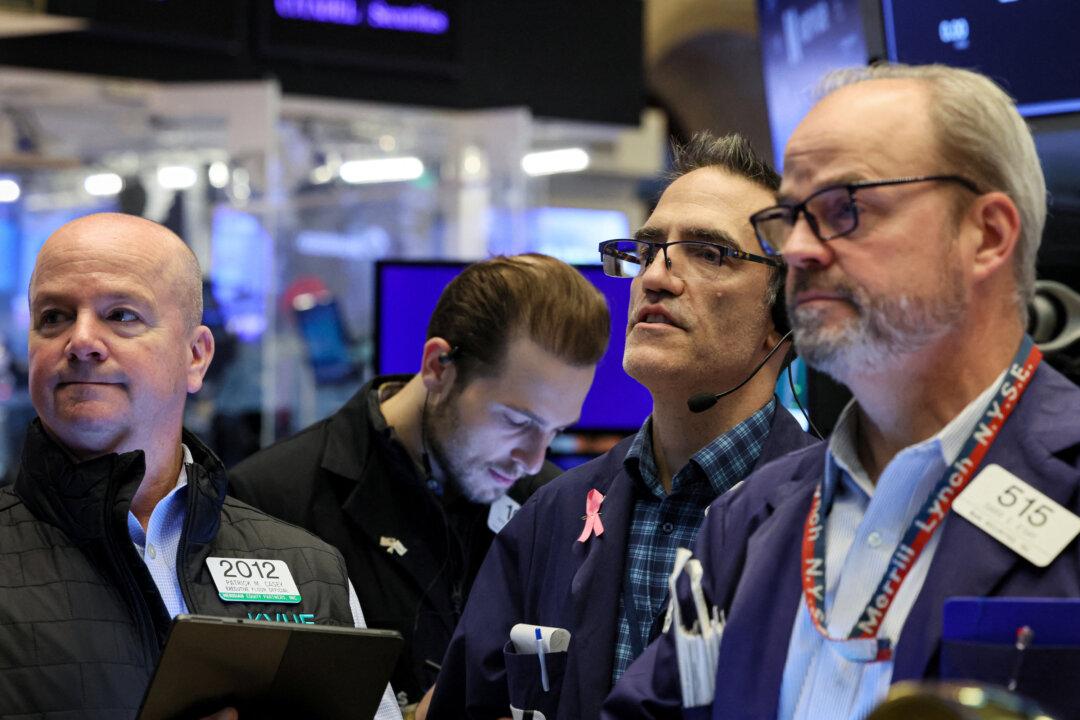NEW YORK—Stocks swept higher Thursday, revving the longest rally for Wall Street in a year and a half into a higher gear.
The S&P 500 rallied 1.2 percent to reach heights untouched since April 2022. The Dow Jones Industrial Average climbed 428 points, or 1.3 percent, while the Nasdaq composite rose 1.1 percent.





